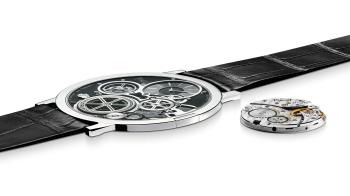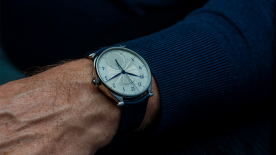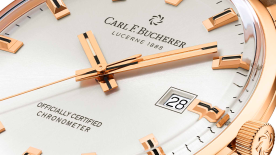There’s not much point in reading this article about Piaget at the SIHH 2018. It’s the same as the one your read in 2017, 2016, 2015, and for many years before that. The manufacture talks about its “historic savoir-faire”, “what has cemented Piaget’s reputation for the last 60 years,” a company “that pushes the limits of creativity”.
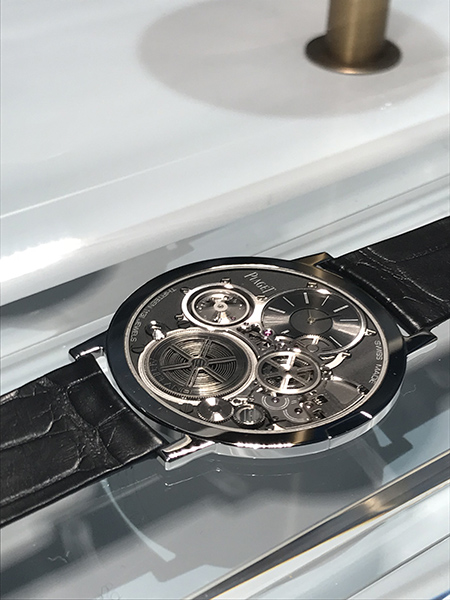
The words are the same, and so are the products. They all reach for the same goal: to make the Altiplano even thinner, and reach the apogee of extreme ultra-flatness. So why don’t we just skip straight to the bottom line, give you the number – the record thinness Piaget has achieved this year – and forget all about it until next year? Well… there might not be any next year.
Tears of joy, or frustration?
Piaget prepared the terrain carefully. The watch unveiled at the SIHH is an “Altiplano Ultimate Concept”. Enthusiasts could hardly contain their agitation. Either they were convulsed with a frisson of anticipation at the idea of a new world record, or they were trembling in frustration at the thought that this “concept” would probably never go on sale. And, being “Ultimate”, the watch, by definition, could never be bettered. So, what will Piaget have to show us in 2019? It’s the end of an era!
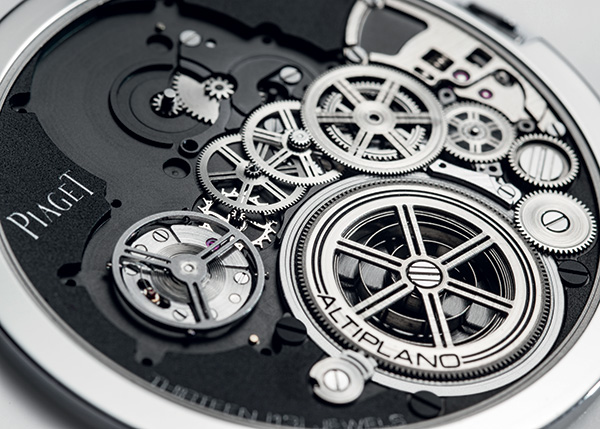
But let’s get back to the facts, and that magic number: 2 mm. That’s it, the full thickness of the Altiplano Ultimate Concept. How did Piaget do it? Yet again, by compressing the three layers of the movement to the maximum degree: mainplate and caseback, the bridges/dial/hands trifecta and, finally, the bezel. Everything is minutely meshed together. The bridges are fixed to the dial, which also serves as mainplate. The wheels and rubies are 40% thinner than in previous Altiplano models.
Critical values
But the extreme numbers don’t stop there. The rubies, for instance, are only 0.25 mm thick. The wheels have also been pared down to almost nothing: some of them are just 0.12 mm thick, compared with 0.20 mm in a traditional movement. The balance bridge has gone, along with the traditional setup with its Incabloc-mounted regulating organ. The balance staff, the bearing bush and the plate are in a single piece. The barrel also has an unusual configuration: it doesn’t have a cover, or a drum. The mainspring, mounted on a ball bearing, is integrated directly into the structure. Even the crown has vanished: it has been incorporated into the caseband so as not to stand proud of the case, and thus be at risk of shocks that could be fatal to the fragile movement.
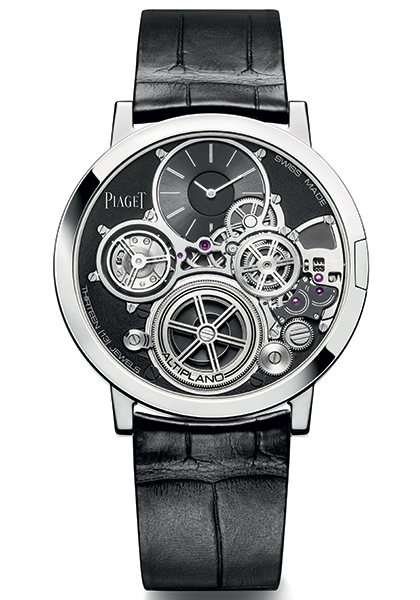
With these extreme tolerances, the robustness of the watch is severely tested, with shocks and twisting a serious threat. But Piaget has thought of everything: in the event of pressure on the crystal, causing it to flex, the first component it touches will be the bridges, not the hands, as would be the case in any other watch.
What about tomorrow?
The manufacture appears to have reached its own limits, and the limits of horological science. By leaving this watch at the “Concept” stage, and, what is more, qualifying it as “Ultimate”, Piaget appears to be admitting to certain limitations, notably that of having produced a watch that, apparently, cannot be commercially produced.
Is there anywhere left for ultra-thin watches to go? The answer to that question will probably come from Greubel-Forsey. Up in La Chaux-de-Fonds, the duo are working intensively on nano-horology. They announced their first results in 2017, unveiling a “Lightning Seconds” module measuring just 2 mm. These developments look extremely promising, although it will be some years before we can expect to see any commercial applications.
